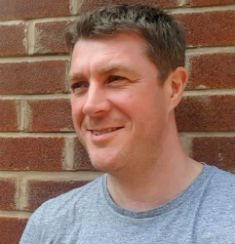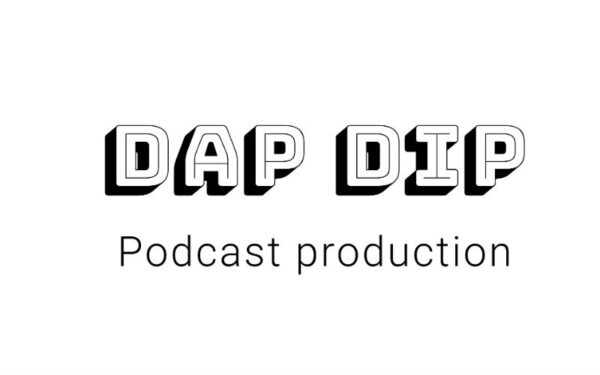Dap Dip founder Guy Kilty reveals the hardware and software he uses to produce ‘The Price of Football’ and other podcasts
One of the by-products of COVID-19 has been that almost all of the podcasts Dap Dip produces are now recorded remotely.
The quality of technology online has made the transition pretty smooth. So what do you need to make a successful podcast recorded from home?
Concept
The importance of deciding what your podcast is about, why you’re making it and – most importantly – who you’re trying to talk to before you start recording cannot be overstated.
Once you have those things in place, everything else – the name, logo, style, tone and episode length – will flow from there.
Guy is hosting an online workshop – ‘Start your own podcast’ – on Tuesday 6th October. You can sign up here.
On the following day, BusinessCloud is hosting an event to discuss the tech you need to create a top podcast – register below
Room
The simple rule is to record in a room with the fewest hard, reflective surfaces possible. If you set up your mic in your kitchen or in front of a window, you will sound too echoey.
You ideally want to be in a bedroom or a living room with carpet or a rug and lots of soft furnishing to deaden the sound of the room. If you are forced to place your mic close to a wall, just put a pillow or cushion between it and your microphone.
Microphones
Once you’ve got your room sorted, getting a decent USB mic will hugely improve the quality of your recording.
The good news is that you can get one for under £100: I use the Rode NT-USB, which costs around £95. Another good option is the Blue Snowball, which costs around £70.
Recording
You can record a podcast remotely using the built-in recording function of apps like Zoom or Skype, but there’s a big problem with this: every glitch on the connection will end up on your finished podcast.
It’s worth looking at a service that records the audio at each end then uploads it to a shared folder. I use Zencastr, which costs £15 a month and has some good post-production tools which make editing each episode more straightforward.
Crucially, too, it’s incredibly easy for you and everyone else on your podcast to use.
Editing
There are a couple of big (and fairly expensive) players, like Pro Tools and Adobe Audition, in the world of audio editing; but to be honest, for most podcasters Audacity is the way to go. It’s free-to-download, open-source software that does everything you need to enable you to edit each of your podcast episodes simply and efficiently.
Hosting
Finally, you’ll need somewhere to host your podcast and then push it out to all the major platforms.
Sorting the hosting is simple – there are plenty of cost-effective options out there – but pushing it out to the likes of Apple Podcasts and Spotify can be fiddly, so it can be a good idea to get someone to help you set that up.

